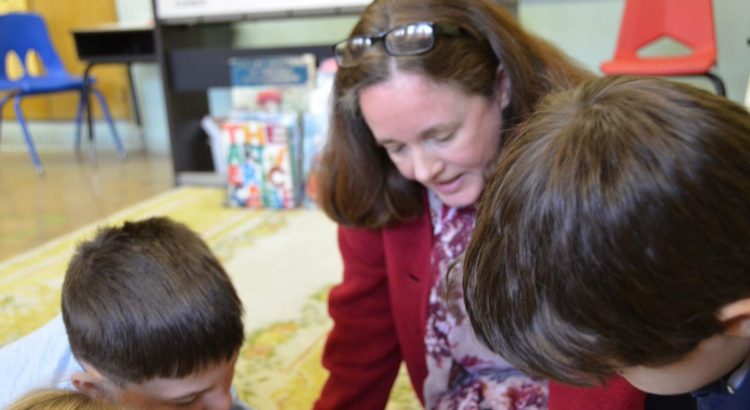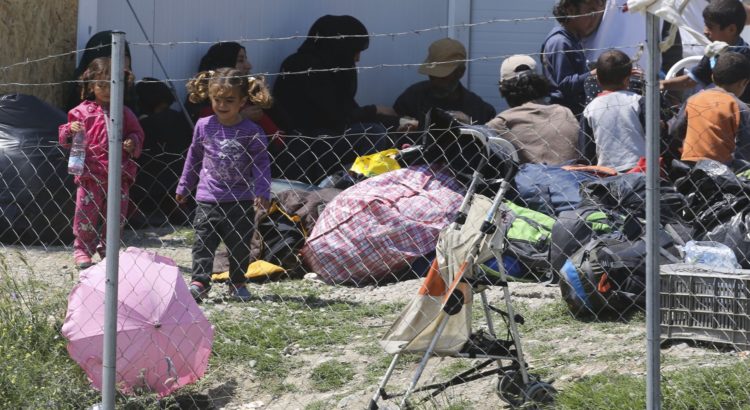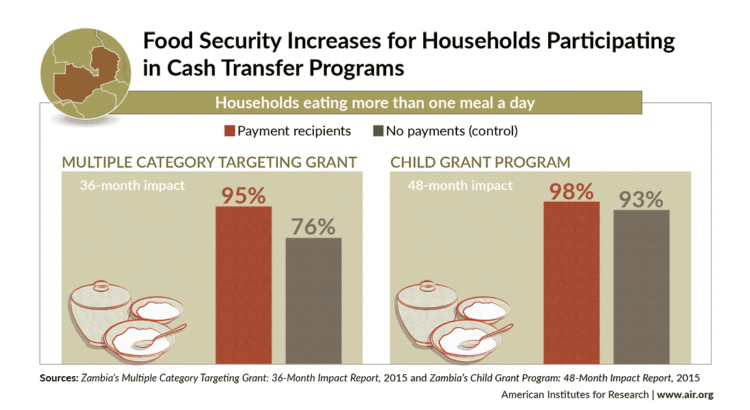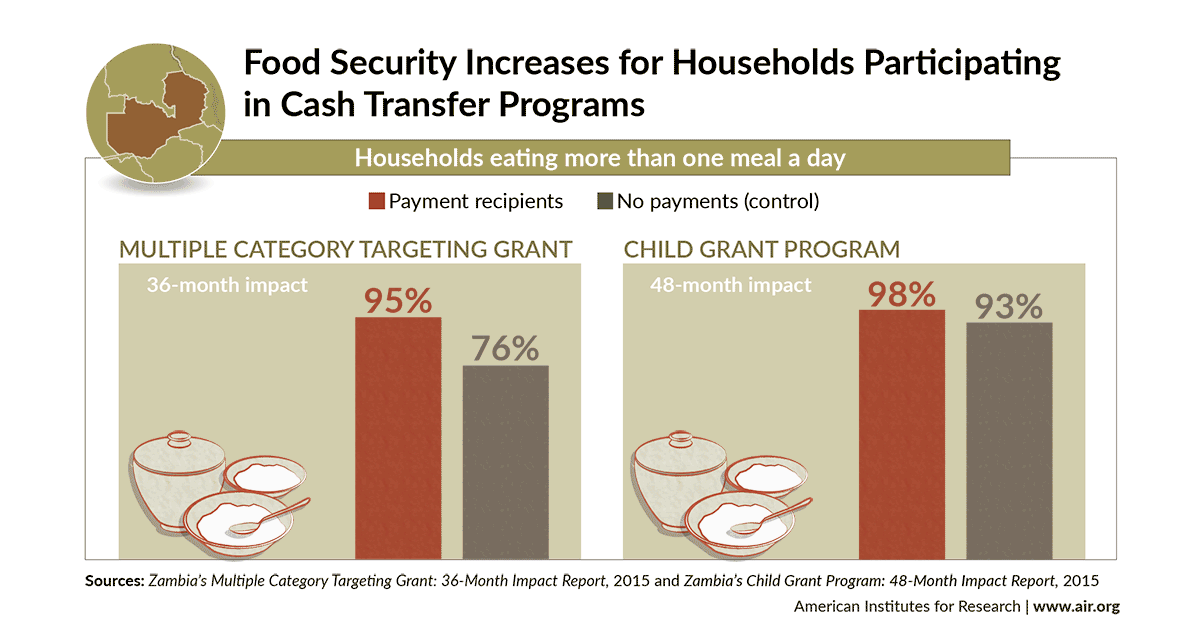Fuente: .theguardian / 8 de junio de 2016
The grief of losing a child made more unbearable by the knowledge that you decided to take them in a boat that capsized; nightmares about torture;depression induced by the awfulness of living in a camp, unable to go forward or back.
As concern mounts about the conditions faced by refugees and migrants in camps across Europe, and more people die trying to reach the continent, the mental health of those who have risked everything in the hope of starting a new life inEurope is gaining more attention.
A report last year by the German Federal Chamber of Psychotherapists said 40%-50% of people arriving in Germany suffered from post-traumatic stress disorder (PTSD), with half also suffering from depression.
“They have nightmares or flashbacks to pictures or scenes. These memories feel very intense, and it is just like they are reliving the traumatising experience,” the report said. Other symptoms include jumpiness, sleep disorders, problems with concentration, and emotional numbness.
“It is shameful that people suffering with such psychological injuries do not get the help they need,” the report said.
Post-traumatic stress is just the tip of the iceberg. “PTSD is very important, but it is also the disorder that everyone jumps to, including the media. We see much more depression and anxiety disorders, and also, surprisingly, a lot of epilepsy and psychotic disorders, including schizophrenia,” said Dr Inka Weissbecker, global mental health and psychosocial adviser at the International Medical Corpsin Washington.
“There are huge amounts of anxiety – we see children bursting into tears when helicopters or airplanes fly over the camps, and we can’t understand why, until we realise what they’re associating it with,” said Harriet Zych, a nurse who worked in Idomeni – site of Europe’s largest informal refugee camp, on Greece’s northern border with Macedonia – before Greek police moved people to other locations in May.
“We came across many people in a state of collapse, whose problems turn out to be psychological rather than physical,” she said. “One man hit himself with a rock on his head until he became unconscious when he found out he couldn’t cross the border.”
Nikos Gionakis, a psychologist with the Athens-based mental health unit Babel, tells the story of Hassan, 34, who fled Syria with his four children. “Passing from Turkey to Greece, he was forced to get into a boat by smugglers. Two of his kids drowned as the boat sank. He was referred to Babel because of depression. He blames himself for not having been able to protect his kids,” Gionakis said.
The UN refugee agency, the UNHCR, says mental health disorders can hinder integration into host populations, creating long-term problems for European countries that are accepting refugees fleeing from conflicts in Syria and elsewhere.
In a paper to the European commission last year, the European Psychiatric Association said: “Acute and long-term psychiatric care needs to be provided to all asylum seekers in order to avoid reaching chronic conditions of mental disorders.”
Aid workers in Greece say diagnosis, never mind treatment, is almost impossible in the chaos of the camps and detention centres in southern Europe.
“You cannot say how many people are suffering from PTSD because diagnosis takes too long, and with such a stream of people, it is impossible. I am a trained psychologist with 40 years’ experience; it would take me two and a half hours to diagnose someone with PTSD,” said Renos Papadopoulos, director of the Centre for Trauma, Asylum, and Refugees at Essex University, who recently returned from Greece. “There is no evidence [on the prevalence of PTSD] because there cannot be evidence. The situation is complete chaos.”
“We don’t do diagnosis,” said Zoi Marmouri, a psychologist working for Médecins Sans Frontières in Idomeni. Even if diagnosis were possible, World HealthOrganisation (WHO) guidelines stipulate that clinical treatment is not appropriate for refugees on the move.
“Therapies should not be started without assurances that there can be follow-up. You have the potential to retraumatise people,” said Claire Whitney, Middle Eastmental health and psychosocial support adviser at the International Medical Corps.
The most effective treatments for PTSD include cognitive behaviour therapy with a trauma focus, eye movement desensitisation and reprocessing therapy, as well as narrative exposure therapy. But these take time as they involve slowly exposing people to their trauma, while building up their capacity to deal with it. “It cannot be rushed,” said Whitney. “When people actually have PTSD, it is one of the most complex problems to treat.”
The WHO says refugees and migrants needing diagnosis should be referred to existing non-governmental or state services. But even for those who make it into host communities, cost, stigma and language problems can lock them out of treatment.
“We have serious lacks in the services we can provide. If they need hospitalisation, there aren’t any specialised units for this,” said Gionakis.
International funds have been pledged for psychosocial support, although neither Britain’s Department for International Development nor the EU were able to provide a full breakdown.
Some experts warn there is a risk of overdiagnosing PTSD. “They are distressed, yes, but is this PTSD? Often it will not be. These are instead normal reactions to an abnormal situation,” said Papadopoulos.
The UNHCR and other agencies say much of the emotional suffering experienced by refugees and migrants is directly related to present-day stresses and concern about the future.
“People live in very difficult and inhumane conditions here in camps that are too crowded. Basic needs are not met,” says Gionakis.
The UNHCR advocates “psychological first aid”, which encourages those interacting with refugees to respond in a culturally sensitive and humane way that avoids distressing people further.
“The humanitarian principle of ‘do no harm’ is a huge part of it,” said Whitney. “What everyone was advising, for the most part, was really to focus on the most basic kinds of support, which do contribute to mental health. Often, basic needs must be provided before people are ready – and willing – to engage with therapy.”
Enlace original: http://www.theguardian.com/global-development/2016/jun/08/experts-sound-alarm-mental-health-toll-migrants-refugees-depression-anxiety-psychosis?CMP=twt_a-global-development_b-gdndevelopment





















 Users Today : 19
Users Today : 19 Total Users : 35460228
Total Users : 35460228 Views Today : 24
Views Today : 24 Total views : 3418919
Total views : 3418919